
Wolfgang Amadeus Mozart completed his Symphony No. 41 in C major, K. 551, on 10 August 1788. The longest and last symphony that he composed, it is regarded by many critics as among the greatest symphonies in classical music. The work is nicknamed the Jupiter Symphony, probably coined by the impresario Johann Peter Salomon.
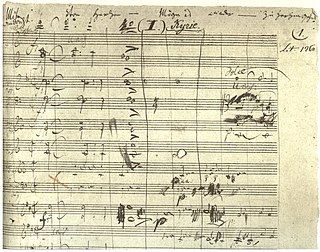
The Missa solemnis in D major, Op. 123, is a Solemn Mass composed by Ludwig van Beethoven from 1819 to 1823. It was first performed on 7 April 1824 in Saint Petersburg, Russia, under the auspices of Beethoven's patron Prince Nikolai Golitsyn; an incomplete performance was given in Vienna on 7 May 1824, when the Kyrie, Credo, and Agnus Dei were conducted by the composer. It is generally considered one of the composer's supreme achievements and, along with Bach's Mass in B minor, one of the most significant Mass settings of the common practice period.
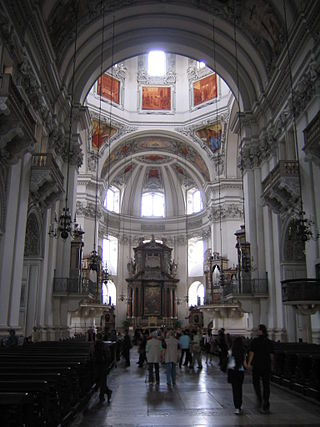
The Krönungsmesse, composed in 1779, is one of the most popular of Wolfgang Amadeus Mozart's 17 extant settings of the Ordinary of the Mass. It can be classified as either a Missa brevis or a Missa solemnis because although it includes all the sections of the Ordinary, it is relatively short.

Missa brevis usually refers to a mass composition that is short because part of the text of the Mass ordinary that is usually set to music in a full mass is left out, or because its execution time is relatively short.

The Mass No. 3 in F minor, WAB 28, is a setting of the mass ordinary for vocal soloists, chorus and orchestra, and organ ad libitum, that Anton Bruckner composed in 1867–1868.

The Missa brevis No. 9 in B-flat major by Wolfgang Amadeus Mozart, K. 275/272b, was probably written before September 1777 for Salzburg. The mass is scored for SATB soloists, SATB choir, violin I, violin II, 3 trombones, string bass, and organ.

The Sparrow Mass is a mass in C major K. 220/196b, Mass No. 9, Missa brevis No. 5, composed by Wolfgang Amadeus Mozart in 1775 or 1776 in Salzburg. The mass is sometimes termed a missa brevis et solemnis, because it is short in a simple structure as a missa brevis, but festively scored like a missa solemnis with brass and timpani in addition to four soloists, strings and organ. It was possibly first performed on 7 April 1776 in a mass for Easter at the Salzburg Cathedral. The nickname is derived from violin figures in the Hosanna which resemble bird chirping.

The Mass No. 1 in D minor, WAB 26 by Anton Bruckner, is a setting of the Mass ordinary for soloists, mixed choir and orchestra, and organ.
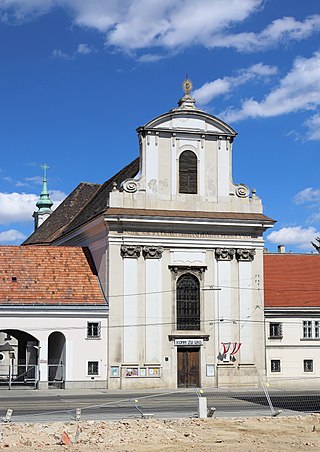
The Missa solemnis in C minor, K. 139/47a, is a mass composed by Wolfgang Amadeus Mozart in the summer of 1768 in Vienna. It is scored for SATB soloists, SATB choir, violin I and II, 2 violas, 2 oboes, 2 trumpets, 2 clarini, 3 trombones colla parte, timpani and basso continuo.

The Missa brevis No. 8 in C major, K. 259, is a mass composed by Wolfgang Amadeus Mozart in 1776. It is scored for SATB soloists, SATB choir, violin I and II, 2 oboes, 2 clarini, 3 trombones colla parte, timpani and basso continuo.
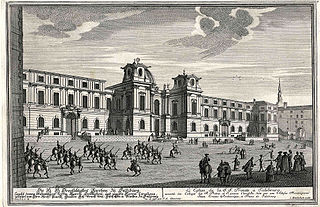
The Missa in honorem Sanctissimae Trinitatis in C major, K. 167, is a mass composed by Wolfgang Amadeus Mozart in June 1773. It is scored for SATB choir, violin I and II, 2 oboes, 2 clarini, 2 trumpets, timpani and basso continuo.

The Credo Mass in C major, K. 257, is a mass composed by Wolfgang Amadeus Mozart in 1776. It is scored for SATB soloists, SATB choir, violin I and II, 2 oboes, 2 clarini, 3 trombones colla parte and basso continuo.

The Missa solemnis in C major, K. 66, is a mass composed by Wolfgang Amadeus Mozart in 1769. It is scored for SATB soloists and choir, violins I and II, viola, 2 oboes, 2 horns, 2 clarini, 2 trumpets and basso continuo.

The Missa brevis in D major, K. 194/186h, is a mass composed by Wolfgang Amadeus Mozart and completed on 8 August 1774. It is scored for SATB soloists, SATB choir, violin I and II, 3 trombones colla parte, and basso continuo.

The Missa brevis No. 7 in C major, K. 258, is a mass composed by Wolfgang Amadeus Mozart in 1776. It is scored for SATB soloists, SATB choir, violin I and II, 2 oboes, 2 clarini, 3 trombones colla parte, timpani and basso continuo.

The Missa longa in C major, K. 262/246a, is a mass composed by Wolfgang Amadeus Mozart in May 1776. Other sources claim it was composed in May 1775. It is scored for SATB soloists, SATB choir, violin I and II, 2 oboes, 2 horns, 2 clarini, 3 trombones colla parte, timpani and basso continuo.
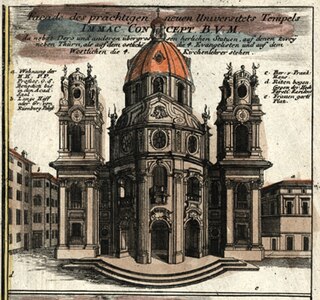
The Missa brevis in D minor, K. 65/61a, is a mass composed by Wolfgang Amadeus Mozart and completed on 14 January 1769. It is scored for SATB soloists and choir, violin I and II, 3 trombones colla parte, and basso continuo.
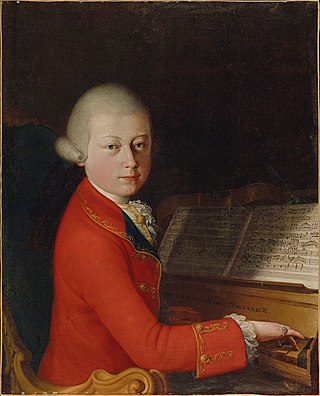
Mozart's Mass in G major, K. 49/47d), is his first full mass. It is a missa brevis scored for SATB soloists and choir, violin I and II, viola, and basso continuo.
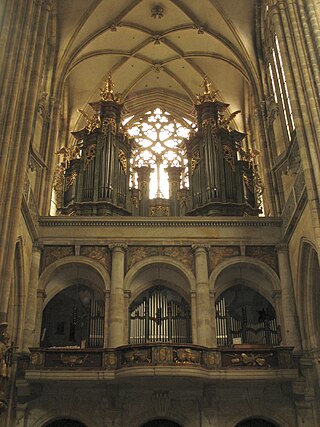
The Missa aulica is a missa brevis in C major composed by František Xaver Brixi. The work is a setting of the Latin mass for SATB soloists and choir, trumpets, timpani, violins, organ and continuo. It was published by Carus in 2003.













